Description
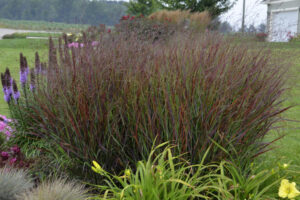 Panicum Prairie Winds Cheyenne Sky
Panicum Prairie Winds Cheyenne Sky
Features
Forms a dense, upright clump of blue-green leaves that turn wine red in early summer. Purple flower panicles appear just above the foliage in late summer. This petite red grass is ideal for containers.
Foliage Interest
Fall Interest
Winter Interest
Drought Tolerant
Salt Tolerant
Erosion Control
Grass: Grass
Native to North America
Characteristics
Duration: Perennial
Height Category: Medium
Garden Height: 30 – 36 Inches
Spacing: 14 – 18 Inches
Spread: 14 – 18 Inches
Flower Colors: Tan
Flower Shade: Tan
Foliage Colors: Red
Foliage Shade: Red
Habit: Upright
Container Role: Thriller
Plant Needs
Light Requirement: Sun
Maintenance Category: Easy
Bloom Time: Late Summer
Early Fall
Mid Fall
Late Fall
Hardiness Zones: 4a, 4b, 5a, 5b, 6a, 6b, 7a, 7b, 8a, 8b, 9a, 9b
Water Category: Average
Soil Fertility Requirement: Average Soil
Soil PH Category: Neutral Soil
Uses: Container
Landscape
Maintenance Notes:
One of the easiest ornamental grasses to grow in full sun. Does well in any soil from sand to clay. Cut back in spring before new growth appears.
Prairie Winds® ‘Cheyenne Sky’ Panicum virgatum USPP 23,209
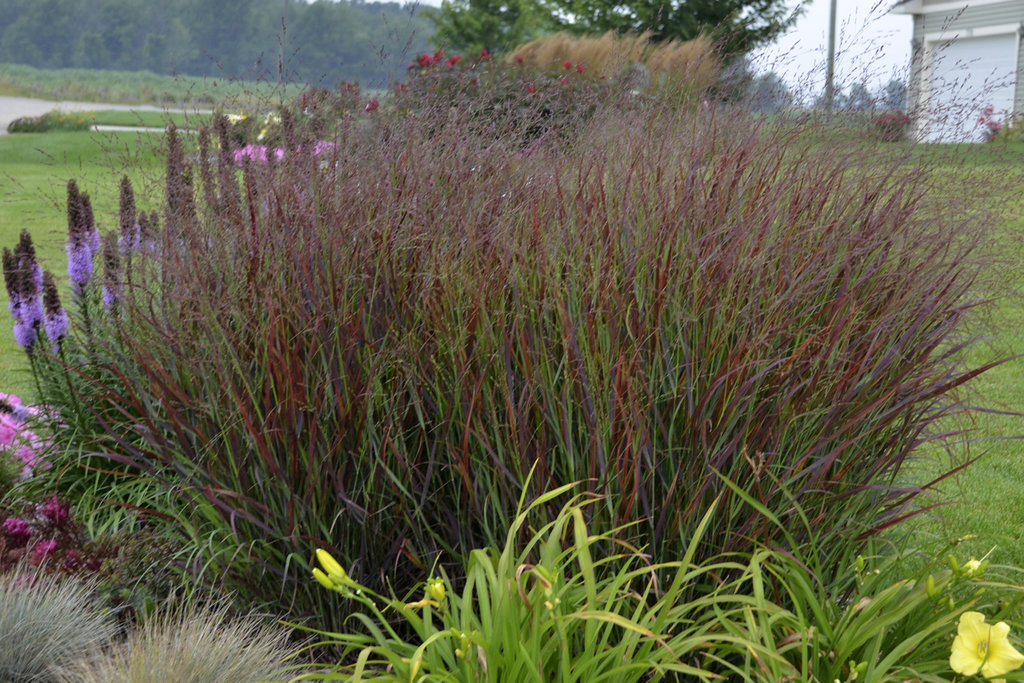
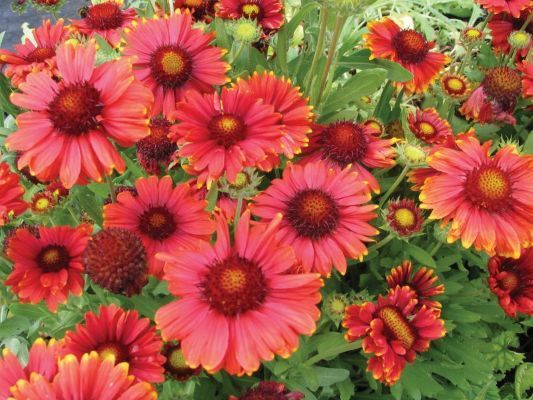
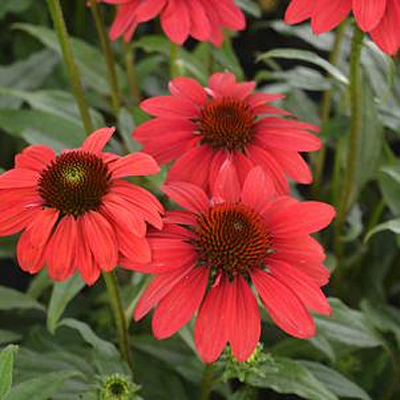
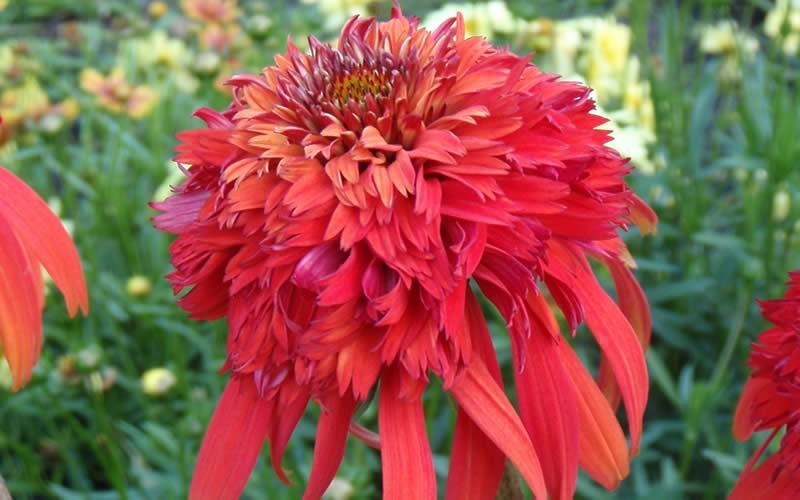
Reviews
There are no reviews yet.